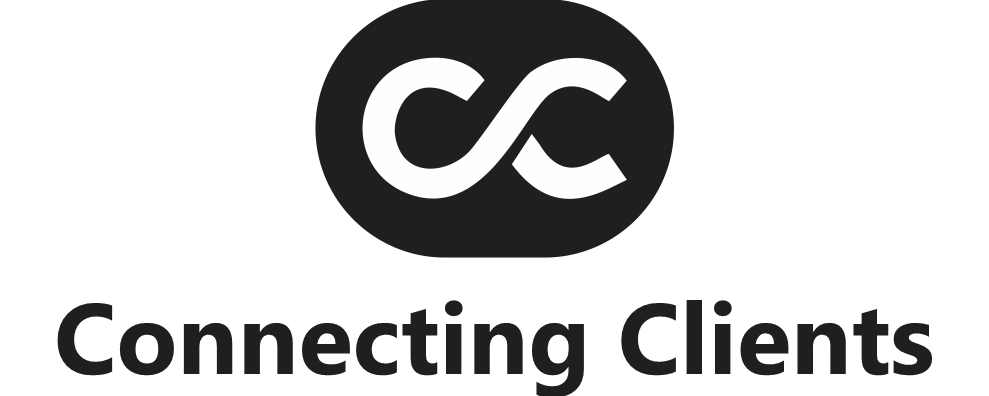Essential Steps to Take Immediately After Signing Up for Health Insurance
Signing up for health insurance is a vital step towards securing your well-being. However, the process doesn’t end with enrollment. Taking immediate actions can help you avoid future issues, maximize your benefits, and ensure you are well-prepared to use your health plan when needed. This article outlines essential steps you should take right after signing up for health insurance, ensuring that you get the most from your coverage.
1. Review Your Policy Details Thoroughly
After enrollment, the first step is to review the policy documents you receive. Look for key aspects like:
- Coverage limits for various treatments
- Exclusions that are not covered by the plan
- Copayment and deductible amounts
- Pre-authorization requirements for certain services
Carefully understanding these terms helps prevent surprises later when you need medical services.
2. Select an In-Network Primary Care Physician (PCP)
Most health insurance plans offer better cost-sharing benefits if you choose an in-network provider.
- Visit the insurance portal to find doctors, specialists, and healthcare facilities within your network.
- If required, assign a Primary Care Physician (PCP) to coordinate your healthcare and referrals.
By selecting in-network providers, you avoid out-of-pocket costs that can quickly add up with out-of-network services.
3. Create an Online Insurance Account
Setting up an online account is crucial for managing your insurance efficiently.
- Use the online portal to track claims, download ID cards, and make premium payments.
- Enable notifications to get timely reminders about policy renewals, billing cycles, or claim approvals.
Many insurers also offer mobile apps that allow easy access to digital ID cards and other important documents.
4. Download Your Health Insurance Card and Save Copies
Your health insurance card contains critical information such as your policy number, insurer’s contact details, and plan type.
- Download or print a physical copy for personal use.
- Save a digital copy on your phone or cloud storage for easy access in emergencies.
You’ll need this card whenever you visit a healthcare provider or need to fill a prescription.
5. Understand Your Coverage for Emergency and Routine Care
Being aware of how your plan handles emergency care and urgent care is essential.
- Review policies for ambulance services and emergency room visits.
- Understand whether your plan requires pre-approvals for non-emergency procedures.
Knowing what services are covered and the process for claims ensures you get care without unnecessary delays or denials.
6. Set Up Automatic Payments to Avoid Lapses
Missing premium payments can lead to policy cancellation or loss of coverage.
- Set up automatic payments through your bank or insurer’s portal to ensure timely premium payments.
- Monitor the grace period policy in case of any missed payments to avoid interruptions in coverage.
7. Schedule Preventive Care Appointments
Health insurance policies often cover preventive care services like vaccinations, screenings, and wellness check-ups at no additional cost.
- Book your initial appointment with your PCP to discuss your medical history and preventive care needs.
- Take advantage of services like annual check-ups, flu shots, or cholesterol screenings to stay proactive about your health.
8. Update Your Beneficiaries and Emergency Contacts
If your policy offers life insurance riders or accident coverage, it’s important to update the beneficiary details.
- Ensure the correct beneficiary is listed for any linked financial benefits.
- Update emergency contact information with your insurance provider and healthcare providers.
9. Understand the Claim Process and Keep Records
A smooth claim process requires that you follow the insurer’s guidelines.
- Review the claim submission process and required documents for reimbursement claims.
- Maintain a record of all medical receipts, prescriptions, and bills for future reference.
Knowing how to file claims correctly reduces the risk of claim rejections and ensures faster processing.
Conclusion
Taking proactive steps immediately after signing up for health insurance ensures that you’re ready to use your benefits effectively. Reviewing your policy, setting up online accounts, and scheduling preventive care are just a few ways to stay prepared. With proper planning, you’ll have peace of mind knowing your health insurance will support you whenever needed.
Snippet Questions Answered:
1. What should I do after signing up for health insurance?
- You should review your policy, select a primary care physician, and set up an online account to manage your plan efficiently.
2. How do I use my health insurance for the first time?
- Use your health insurance card to schedule an initial appointment with an in-network doctor and discuss preventive care services.
3. How do I avoid missing health insurance payments?
- Set up automatic payments to ensure timely premium payments and avoid policy cancellations due to missed deadlines.







